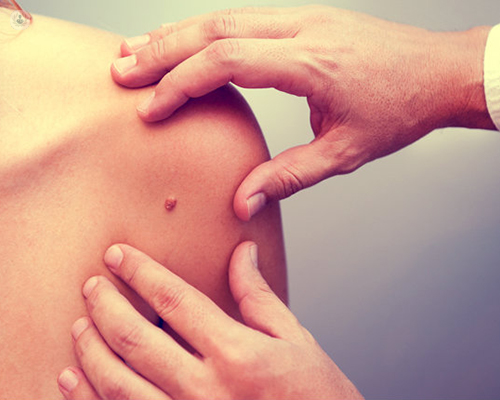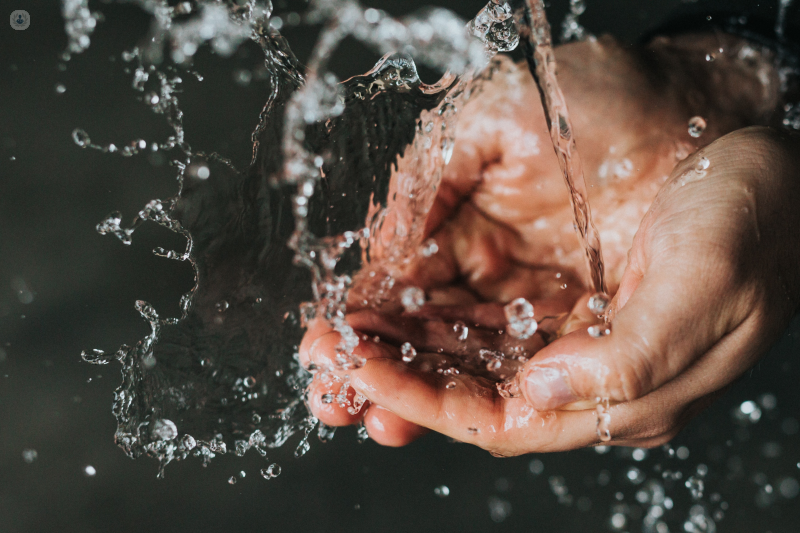Skin biopsy
Dr Marisa Taylor - Dermatology
Created on: 07-14-2021
Updated on: 04-09-2024
Edited by: Karolyn Judge
What is a skin biopsy?
A skin biopsy is a medical procedure where skin tissue is removed for further examination. This extracted skin tissue will typically be an unusual lump, bump or rash that has formed on the skin. It may also be a mole, ulcer, sore, or any coloured area of the individual’s skin. This out-patient routine surgical procedure is commonly performed by a dermatologist however in certain isolated cases, can also be offered by a plastic surgeon, dermatology nurse or oncologist. Local anaesthesia is usually (but not always) used for the procedure to reduce discomfort and blood loss during the skin biopsy procedure.

What are skin biopsies used to detect?
Skin biopsies are conducted in order to detect skin abnormalities such as psoriasis and eczema, amongst others. This medical investigation is a close-up microscopic analysis that helps your dermatologist determine the diagnosis of the skin complaint and whether the bumps or lumps are cancerous. The doctor responsible for carrying out this quick procedure will extract the target skin tissue in order to either ultimately diagnose or dismiss serious skin conditions such as skin cancer.
What does the skin biopsy procedure involve?
There are three main types of skin biopsy procedures:
- shave biopsy
- punch biopsy
- incisional biopsy and excisional biopsy.
The shave biopsy involves a sharp flat blade used to gently shear off the damaged and problematic skin cells. A punch biopsy requires the use of a circular tool to detach miniscule, circular columns of skin. Finally, the excisional and incisional biopsies typically involve the use of a scalpel in order to extract part (incisional) or the entire abnormal lump or area of skin.
What's involved in post-operative care following a skin biopsy?
Following a skin biopsy, it is vital that you follow the post-operative instructions given to you by your dermatologist. This usually includes keeping the area covered and dry for few days after the procedure, but not always. Sometimes the surgical site is left open to the air in special sites e.g. scalp or, after certain procedures e.g. shave biopsy. Healing time will depend on each patient, but if sutures have been placed to close the wound, they normally remain for five to seven days in the head and neck region and 10 to 14 days for the body and limbs.

Is a skin biopsy painful?
Having a skin biopsy can result in mild pain. Severity can vary based on where the biopsy is being performed on the body. On rare occasion, pain can be more severe if there are issues with application of anaesthetic, such as:
- inadequate amount and depth of application;
- it's applied to the wrong site of the body;
- there's a short time gap between injection and performing the procedure.
How long does a skin biopsy take to heal?
Most skin biopsies heal within 2 to 3 weeks. Length of time depends on the size and depth of the biopsy, the area of the biopsy and underlying medical conditions the patient may have.


